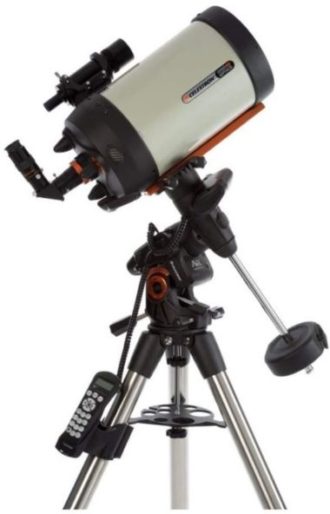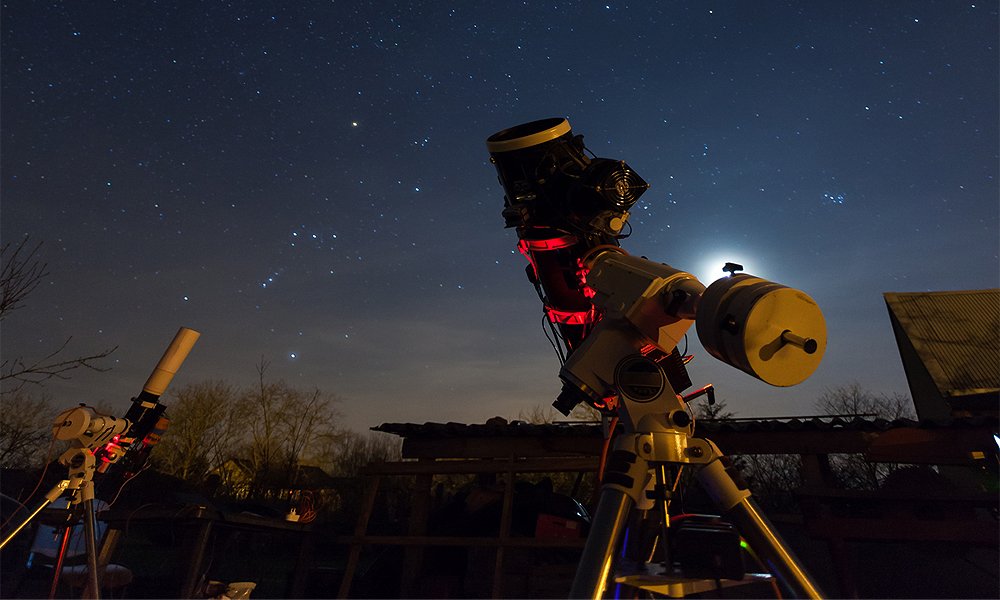

They can alter the chemistry of the atmosphere, trigger lightning, and penetrate commercial airplanes. Who cares? Cosmic rays are a surprisingly "down to Earth" form of space weather. In addition, solar coronal mass ejections (CMEs) sweep aside cosmic rays, causing sharp reductions called " Forbush Decreases." The two effects blend together to bring daily radiation levels down. The sun's strengthening and increasingly tangled magnetic field repels cosmic rays from deep space. Solar Cycle 25 has roared to life faster than forecasters expected.


What's going on? Ironically, the radiation drop is caused by increasing solar activity. Our latest measurements in July 2022 registered a 6-year low: Latest results (July 2022): Atmospheric radiation is decreasing in 2022. Our monitoring program has been underway without interruption for 7 years, resulting in a unique dataset of in situ atmospheric measurements. These balloons are equipped with sensors that detect secondary cosmic rays, a form of radiation from space that can penetrate all the way down to Earth's surface.

SPACE WEATHER BALLOON DATA: Almost once a week, and the students of Earth to Sky Calculus fly space weather balloons to the stratosphere over California. "Lunar Distance." 1 LD = 384,401 km, the distanceīetween Earth and the Moon. Each one comes with a greeting card showing the bird and red lily in flight, and telling the story of their trip to the stratosphere and back again.Īll sales support hands-on STEM education The students are selling hummingbird pendants to pay the helium bill for their cosmic ray ballooning program. 22, 2022, the students of Earth to Sky Calculus launched the sterling silver pendant to the stratosphere onboard a cosmic ray research balloon, more than 117,710 feet high: STERLING SILVER HUMMINGBIRD PENDANT: This hummingbird has touched space. More mid-latitude auroras are in the offing as Solar Cycle 25 intensifies. As the storm intensified, the light show descended all the way to latitude +40N, with sightings in Colorado, Nebraska, and Missouri.
#Best telescope for astrophotography 2018 movie
The tower's unique appearance has made it a popular subject for photographers and filmmakers, and it was even featured in the movie "Close Encounters of the Third Kind."
#Best telescope for astrophotography 2018 crack
Hundreds of parallel cracks make it one of the finest crack climbing areas in North America. Located at latitude +44.6N, the Devil's Tower rises 867 feet above the surrounding terrain. "The geomagnetic storm lit up the Devil's Tower with bands of green and beautiful red rays," says Warner. Warner was waiting with his camera at Devil's Tower, Wyoming, when the CME arrived: 26th, a CME struck Earth's magnetic field, sparking a strong G3-class geomagnetic storm with rare auroras at mid-latitudes. Solar flare alerts: SMS Text.ĪURORAS OVER THE DEVIL'S TOWER : On Feb. This sunspot is turning toward Earth, and it will soon be in our planet's strike zone. It was an hour of wonder and excitement." "The unusually dark filaments kept changing shape minute by minute on my computer screen. "AR3242 was already flaring when I started shooting at 5:11 UT," says Leong. Yesterday in Hong Kong, David Leong pointed his solar telescope at the sun and immediately saw an explosion: Aurora alerts: SMS Text.Ī NEW SOURCE OF FLARES : New sunspot AR3242 is magnetically complex and crackling with M-class solar flares. Even a weak stream of solar wind can penetrate to spark a good display. Researchers call it the " Russell-McPherron effect." At this time of year, cracks form in Earth's magnetic field. That's good news, because auroras love equinoxes. THE RUSSELL-MCPHERRON EFFECT : The vernal equinox is only two weeks away. Neutron counts from the University of Oulu's Sodankyla Geophysical Observatory show that cosmic rays reaching Earth are slowly declining-a result of the yin-yang relationship between the solar cycle and cosmic rays. Credit: SDO/HMIĬosmic Rays Solar Cycle 25 is intensifying, and this is reflected in the number of cosmic rays entering Earth's atmosphere. Sunspot AR3242 poses a threat for M-class solar flares.


 0 kommentar(er)
0 kommentar(er)
